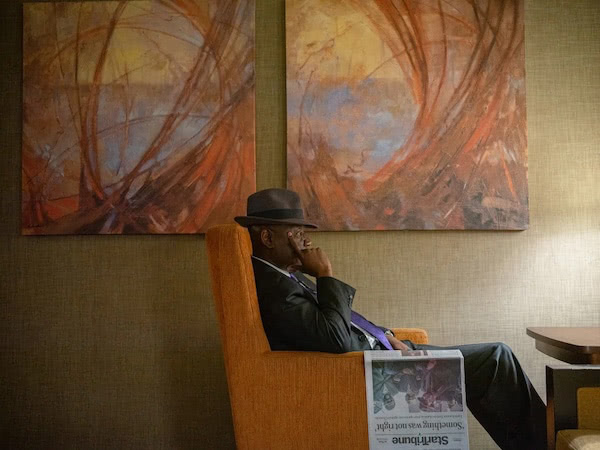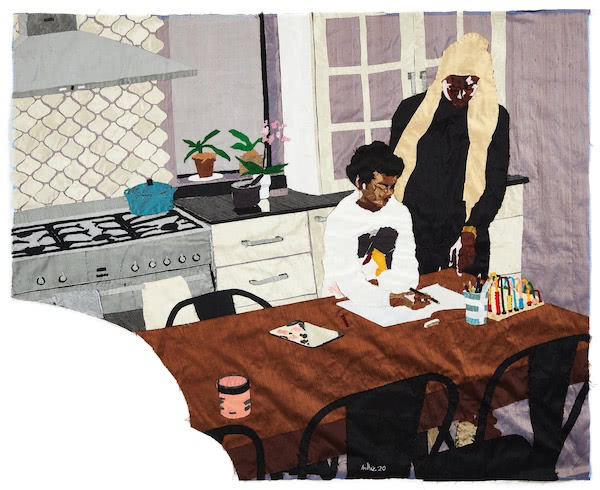Inside Ben Crump’s Quest to Raise the Value of Black Life in America

Janell Ross, reporting for Time Magazine:
Crump also acts as legal interpreter, mental- and spiritual-health counselor, logistics wrangler, spokesman and litigator, legislative advocate and, of late, a negotiator of the single largest wrongful-death case involving a Black victim and a white police officer in U.S. history: On March 12, Minneapolis settled with Floyd’s family for $27 million.
The headline here is literal. In 2019, Minneapolis awarded the family of Justine Damand, a white woman killed by a police officer, $20 million. That’s more than the combined total paid to Black families over the previous decade.
And it’s not just a matter of funneling dollars to wronged and grieving families. There may well be a point, Crump says, at which the current state of police accountability becomes unsustainable. The price tag of civil litigation could simply outstrip insurance coverage or overrun a city budget, forcing policing changes.
How the N-Word Became Unsayable
John McWhorter in a fascinating essay for the New York Times:
It was, as late as the 1700s, sometimes presented as a novelty item. The Scottish poet Robert Burns dutifully taught, referring to “niger,” that it rhymes with “vigour, rigour, tiger.” Note, we might, that last word. If “tiger” rhymes with “vigor” and “rigor,” that means that “tiger” could once be pronounced “tigger,” which then sheds light on the rhyme:
Eeny, meeny, miny, moe
Catch a tigger by the toe
If he hollers, let him go
Eeeny, meeny, miny, moe.“Tigger,” then, was a polite substitute for the original “n—r.” After all, do we really imagine a tiger hollering in protest?
Note the word is uncensored in the original piece, one of the few times the Times has waived their prohibition against printing profanities.
Another illustration of how the word and all it represents was freely expressed:
[…] 1937: a Looney Tunes cartoon (“Porky’s Railroad”) has Porky Pig as the engineer in a race between trains. Porky’s rival zooms past a pile of logs and blows them away to reveal a Black man sitting, perplexed. Today we wonder why this person was sitting under a pile of logs. The reason is that this was a joke referring to the expression “n—r in the woodpile,” an old equivalent of “the elephant in the room.” No Looney Tunes characters ever utter “n—r,” but this joke reveals that their creators were quite familiar with the word being used with joy.
The Epic Journey to ‘The Underground Railroad’
Reggie Ugwu, writing for the Times:
There was only one time when he seriously thought about quitting. The project, a 10-episode series for Amazon, had just been announced, in the fall of 2016. Within hours of the news — BARRY JENKINS TO ADAPT HOT NOVEL ‘UNDERGROUND RAILROAD’ — the twets had arrived.
THIS is what he’s doing after “Moonlight”? I HATE slave movies. Do we really need more images of Black people getting brutalized?
Jenkins almost pulled the plug right then.
I usually steer clear of slave narratives too, but by all accounts The Underground Railroad is a triumph. I’m looking forward to it.
How two Black CEOs got corporate America to pay attention to voting rights
Todd C. Frankel, writing for the Washington Post:
In the early ‘70s, in the shadow of the civil rights era, Kenneth Chenault often stayed up late talking with other Black students at Bowdoin College in Maine about how to fight for racial equality. Most argued you needed to push from the outside. They wanted to become activists and educators. Chenault was different. He thought it was best to work from inside the corridors of power, recalled former classmate Geoffrey Canada.
“We didn’t think you could knock those doors down,” Canada said. Chenault did. He went on to run American Express for 17 years, one of just 19 Black chief executives ever at a Fortune 500 company.
Chenault recently used that same formula of fighting for change when he and another Black chief executive, Kenneth Frazier of the pharmaceutical giant Merck, helped push much of corporate America to publicly oppose the restrictive voting rights bills being considered in dozens of states.
Billie Zangewa Makes Art Where the Light is Best

Stephen Wallis for the Times:
“It’s my everyday experiences, challenges, personal growth, my journey,” she said of her tapestries, which have attracted a growing international following. This fall, she will have her first solo museum exhibition, at the Museum of the African Diaspora in San Francisco, as well as simultaneous shows of new work at the London and Seoul branches of the Lehmann Maupin gallery.
And now, the national anthem
Let’s have D’Corey sing it every time from now on, yeah?
Thanks for reading. See you next week.
